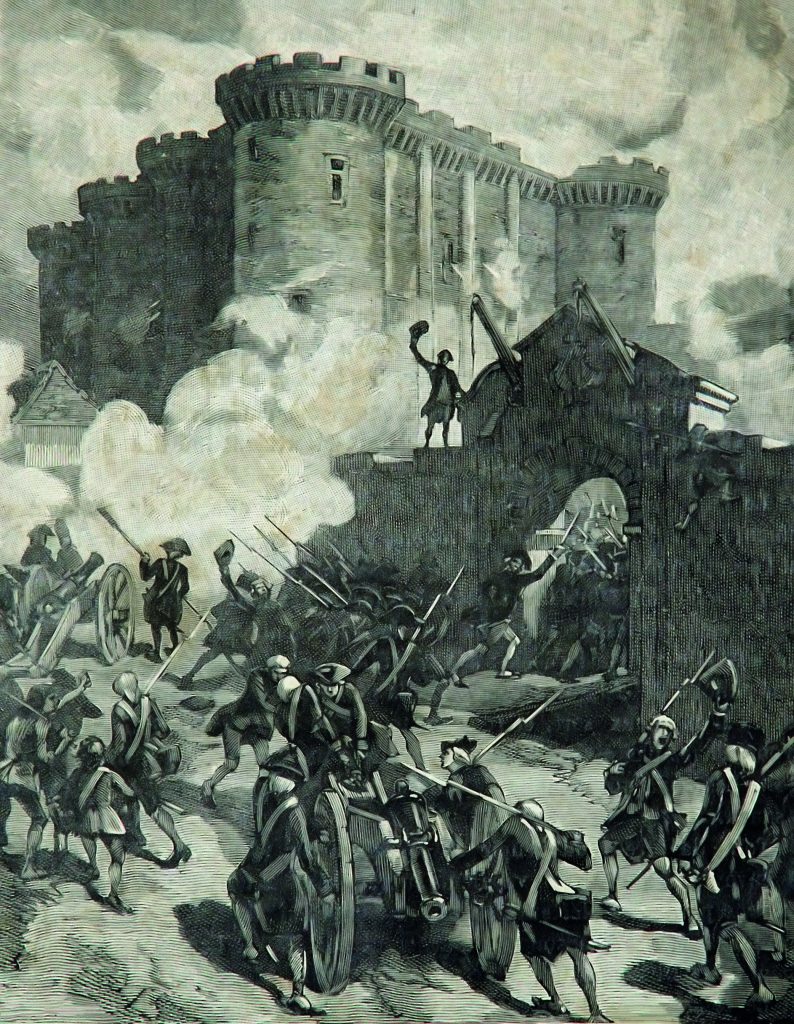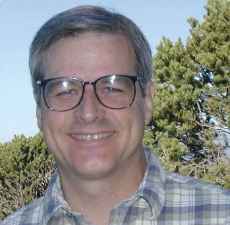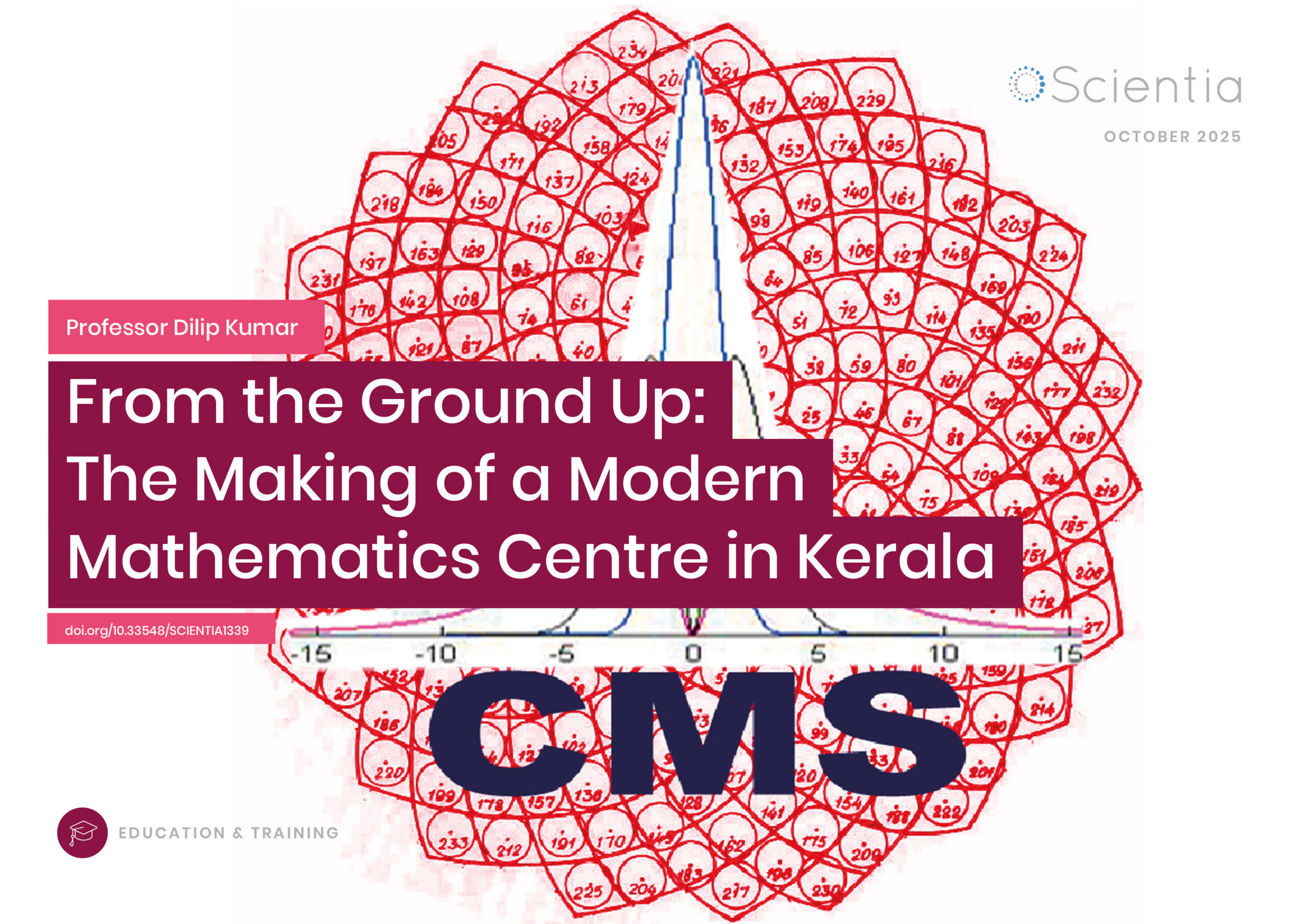Professor John Padgett – A Dynamic Framework for Studying the Emergence of New Organisational Forms
Like living organisms, human organisations have evolved throughout history, with new forms emerging and transforming in various settings. Examples include the coevolution of capitalism and state formation, and modern capitalism’s relationship with science. Professor John Padgett at the University of Chicago and Professor Walter Powell at Stanford University set out to discover how new firms, organisations, and institutions come to be. In a landmark book, a decade in the making, they appropriate ideas and concepts used to explain the origin of life, to help explain the emergence of new organisations and markets.
New Organisational Forms
Human history is littered with the emergence of new organisational forms that never existed before and that altered the trajectory of the societies in which they emerged – for example, the formation of new states and countries, post-communism economic reforms, and the relationship between science and capitalism. Darwin’s question about the origin of species is worth posing and exploring as much in the social sciences as it is in biology.
Yet the emergence of novel human organisational forms is under-theorised in the social sciences, particularly the when and why of their emergence. Professor John Padgett and his collaborator Professor Walter Powell have invested a decade in developing theories, models, and empirical cases to fill this gap in our understanding.
Innovation, Invention and Novelty
In their book, entitled The Emergence of Organizations and Markets, the authors begin by distinguishing between the terms: ‘innovation’, ‘invention’ and ‘novelty’. Innovations improve on existing ways of doing things, whereas inventions change the ways things are done. For example, the first iPhone and GPS are inventions, but Apple incorporating GPS into a mobile device is an innovation. Although Apple didn’t invent GPS, they upgraded existing mobile devices in a new and improved way.
Novelty is defined as that which has never existed before. According to the authors, novelty is the seminal source of innovation and invention. Both innovation and invention reflect a change that is neither present nor anticipated by anyone in the population. For any human organisations to evolve, they must produce novelty.

A Dynamic Theoretical Framework
In the book, Professor Padgett and Professor Powell put forth a framework for thinking about how organisational novelty arises. They supported this reasoning with careful readings of history and a detailed analysis of historical social networks. In this context, a social network is defined as a social structure comprising social actors, such as people and organisations, and the interactions between them.
Their theory of novelty emerged from intersecting human processes with biographical flows, all within the framework of social network analysis. The authors built on the biochemical concept of autocatalysis – the chemical definition of life – and extended this autocatalytic reasoning to human processes in society, such as production and communication.
The authors expressed their theoretical commitment to multiple networks and their analysis. Modern theories in social science regard people as bundles of different interests and identities, which change at different points in time and in different places. However, the authors assert that people should instead be thought of as multi-functional and complex.
Diverging from contemporary theories, Professor Padgett and Professor Powell view people as mixtures of roles and purposes at different times and spaces. This led them to analysing multiple social networks and their folding, rewiring, and disbanding through time.
A Journey Through History
This book is not limited to a theoretical analysis, but contains a rich collection of case studies. The authors take the reader on a journey throughout the globe and to different periods in history, to observe transformative moments.
For example, the team looked at the emergence of organisational novelty in early capitalism and historical state formation; they examined the transformation of communism; and they analysed modern science-based capitalism, such as regional high-tech clusters.
Both the theoretical and case-study analysis benefit from a multidisciplinary perspective between social science and the natural sciences. Chemistry, especially that regarding the origins of life, may not provide all the answers, but the authors emphasised that it asks the right questions for social science.

The Transformative Effect of Social Networks
The book is anchored on an analogy between living organisms and social entities. The book’s mantra is that, ‘in the short run, actors create relations; in the long run, relations create actors.’ This means that over short time frames, social objects, like biological ones, appear fixed and stable, while over longer periods they evolve and transform.
The authors explain that, although we perceive ourselves as solid and stable, ‘no single atom in our body has been there for more than a few years.’ Similarly, the daily functions of our modern institutions and markets, although appearing constant from week-to-week and year-to-year, are constantly evolving as part of a longer-term trend.
The book’s mantra reflects an important tradition in social science, one that Professor Padgett wishes to reintroduce to contemporary scholarship. While actors meaningfully orient their behaviour toward goals and to others, actors are the product of past relations, both in terms of personal experiences and other relations and systems of relations in which they and others are embedded.
This idea is further supported by the argument that there are more to social networks than what is covered in simplistic diagrammatic representations of nodes and ties. The authors found that social networks are ‘congealed residues of history’ and they ‘don’t just pass things; they do transformational work’. In the book, they demonstrated that novelty in organisations arises from spill-overs across intertwined networks in different domains.
This book propels the reader to an understanding that organisational success requires pushing outward. The organisation must foster a new idea, and for it to make an impact, the organisation needs to connect to as many people as possible, to avoid being stranded on the outer fringes of the network.
The authors provide an example of regional clusters in the hi-tech industry, such as Silicon Valley in San Francisco. These clusters form, in part, because firms operating in similar sectors choose to locate near one another and benefit from the agglomeration economy they build together, which includes good supply networks, infrastructure built specifically for the industry and an availability of skilled workers.

A Revolution from Within
Professors Powell and Padgett found that social networks in history are not static and that over time, a network gains new links, folds over on itself, tears itself apart, and sometimes recombines. These transformations arise through the actions of interested parties and take many forms. The authors placed them in categories with names such as ‘anchoring diversity’.
The book explicitly brings in ideas of power and conflict, and this can be seen in the mechanism that the authors call ‘purge and mass mobilisation’. With this mechanism, the upper ranks of hierarchies are purged, while the bottom tiers are raised up to take their place. The authors use Stalin’s organisational intervention in the early 20th Century during the Great Purge.
They found that new organisations emerge by eliminating old forms of organisation and by allowing marginalised actors to remake the organisation. It is a revolution from within. The initiating source of the change is the actor who carries out the purge at the top of the hierarchy. However, the key source of emergence is found to be the marginalised actors who rise to the top after the purge. These new actors bring with them new organisational modes.

Beyond the Page
This is a panoramic book about the big topic of organisational innovation and invention. It is wide ranging, consisting of an array of theory and case studies involving social networks, economic markets, hierarchies, and political systems. The authors transposed existing ideas from chemistry into the domain of organisations, and social science more generally. A major book of this kind comes along only a few times in a human generation.
What was ten years in the making is a semester of reading. Professor Padgett currently teaches this book to undergraduates in political science and sociology at the University of Chicago. He is keen to set the research agenda for the next generation of young researchers, in a way that will enrich the social sciences. He emphasises that what is needed in the discipline is more emphasis on verbs, rather than nouns. He asks future researchers to question how things came into being, rather than fixating on given institutions or people at a point in time.
This book is exceptionally timely and relevant to our current world. During the past year of the COVID-19 pandemic, human civilisation has experienced unprecedented change, in economic markets, among political institutions and throughout society.
For example, businesses have innovated and established new ways of operating to avoid closure, employees have changed their relationship with their workplace to continue their employment, while governments and health officials have built closer relationships.
After reading this book, one walks away with an understanding that the forces of network disruption we see today are taking civilisation on a new and unforeseen path.
Reference
https://doi.org/10.33548/SCIENTIA658
Meet the researcher

Professor John F. Padgett
Department of Political Science
The University of Chicago
Chicago, IL
USA
Professor John F. Padgett earned his PhD in Sociology and Public Policy from the University of Michigan in 1978. After serving as an Assistant Professor at Harvard University, he joined the faculty of the University of Chicago in 1981, where he currently serves as a Professor of Political Science and Sociology. Since then, he has been very active in the academic community and has held numerous prestigious positions, such as Research Professor at the Santa Fe Institute. He was recently awarded a $100K grant from the Neubauer Collegium on Culture and Society to further his research. Professor Padgett specialises in American politics, organisational theory, mathematical models, and public policy. His research has been published in prestigious journals such as the American Journal of Sociology and the Oxford Handbook of Political Networks.
CONTACT
E: jpadgett@uchicago.edu
W: http://home.uchicago.edu/~jpadgett
KEY COLLABORATORS
Walter W. Powell, Professor of Education at Stanford University
FURTHER READING
JF Padgett, and WW Powel, The Emergence of Organizations and Markets, Princeton University Press, doi: 10.23943/princeton/9780691148670.001.0001.

Want to republish our articles?
We encourage all formats of sharing and republishing of our articles. Whether you want to host on your website, publication or blog, we welcome this. Find out more
Creative Commons Licence
(CC BY 4.0)
This work is licensed under a Creative Commons Attribution 4.0 International License. 
What does this mean?
Share: You can copy and redistribute the material in any medium or format
Adapt: You can change, and build upon the material for any purpose, even commercially.
Credit: You must give appropriate credit, provide a link to the license, and indicate if changes were made.
More articles you may like
Professor Dilip Kumar | From the Ground Up: The Making of a Modern Mathematics Centre in Kerala
In 1977, Professor Aleyamma George, head of statistics at Kerala University, dreamed of establishing a new centre for mathematical sciences in Kerala’s coastal capital Trivandrum. Her mission was to encourage talented young mathematicians to engage in frontline research in the mathematical sciences. But, for many years, it struggled to obtain regular government funding and survived only because of the Herculean efforts and personal funds of both Prof George and its Director since 1985, Professor Arak Mathai.
Later, it supported the operations of eight different dedicated research groups producing award-winning work, and regularly hosts undergraduate-level workshops; it fulfilled the original mission of training and educating new generations of mathematicians, so that they may contribute to cutting-edge, internationally recognised research.
Dr Ray Stewart | Barriers to Dental Care for People with Special Needs: A Crisis of Neglect and Inaction
For people with special healthcare needs, something as basic as visiting a dentist can be nearly impossible. A ground-breaking paper by researchers at the University of California, San Francisco (UCSF) exposes the scale of this crisis. By outlining potential paths forward, Dr Ray Stewart and Dr Ben Meisel offer hope for significant improvements in access to essential dental care.
Dr Liisa Laakso | Lighting the Way: Exploring Photobiomodulation to Ease MELAS
MELAS is a rare and serious genetic condition that affects how the body’s cells produce energy, leading to extreme fatigue, muscle weakness, and a range of other symptoms. With no cure currently available, treatment focuses only on managing complications.
A team of researchers led by Dr Liisa Laakso at the Mater Research Institute-University of Queensland, Australia, is exploring an innovative, non-drug therapy called photobiomodulation, which uses light to stimulate mitochondria to work more efficiently. This pioneering study will provide intial evidence on whether PBM can safely reduce fatigue and improve quality of life for people living with MELAS, paving the way for future clinical trials.
Professor John Paul Pezacki, PhD, FRSC (UK) | Engineering Proteins for the Prevention of Disease Progression
The way in which viruses invade and replicate within their hosts involves a multilayered system of protein-based interactions, and understanding the mechanisms at play is crucial when developing potential treatments. Utilising new techniques such as genetic code expansion, Professor John Paul Pezacki and his team of researchers at the University of Ottawa in Canada have designed a novel, highly specific artificial protein complex which can halt the progression of viral infections in human cells. They have identified and described a novel approach to wider preventative and restorative therapeutics in human disease.




